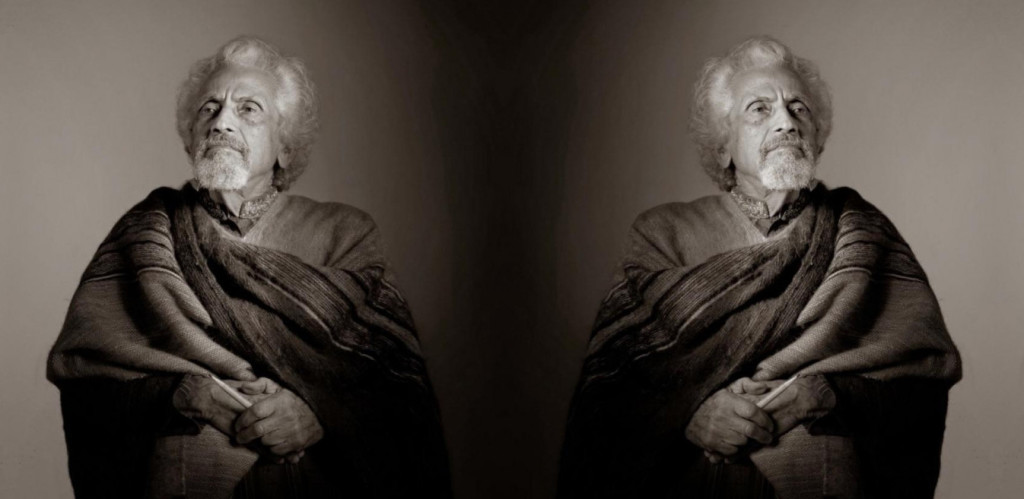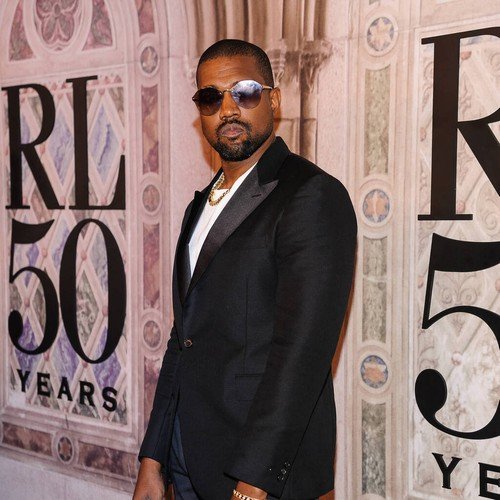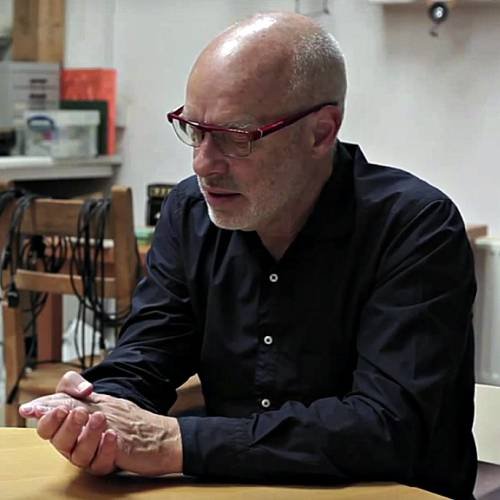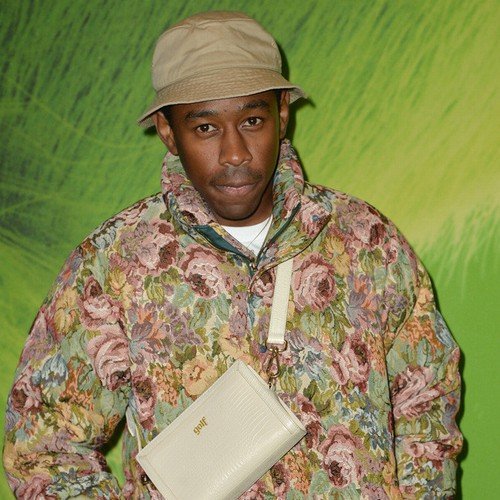“We evolve. Whatever I’m doing, I’m evolving – I’m learning more and more every time I do the passage.” Egyptian-American experimental legend and composer Halim El-Dabh is an essential part of the early history of electronic music – and is poised to see his works receive much-needed reissues.
For the latest on that – and how the Arabic-speaking world is helping revive the work of one of the people who first shaped electronic music – you should absolutely go read this article by Christina Hazboun. The journalist and soundwave surfer is also founder of the wonderful sound platform The Sonic Agent.

The cosmic craft of Egyptian-American composer Halim El-Dabh [The New Arab]
That covers just how much of his archives we’re missing out on, and the broad efforts to dig into that prolific sound work.
But also don’t miss the composer himself talking about evolved spirits – an especially resonant message as we all deal with times of change, grief, death, and rebirth in our own work and challenges. “We’re part of the energy that makes the universe … we’re bolts and screws of the universe. We are flowers of the universe. You blossom and you continue.”
All of this:
That power of thought and finding inner motivation rather than external seems even more necessary in times of fascism and algorithmic corporate media. (Mmm, nothing against algorithms themselves – speaking of the Arabic world and Arabic words.)
And there’s more:
And yes, there are ghostly wire recordings, coming four years before Pierre Schaeffer’s musique concrete works. These are, to my ear, more sophisticated (sorry, Maestro Schaeffer) – ethereal reconstructions of sounds taken from an ancient Egyptian “Zar” ceremony. If he wasn’t part of your electronic music history, then, obviously, someone screwed up.
Here’s just two enchanting minutes of the whole extended piece:
According to El-Dabh, “I just started playing around with the equipment at the station, including reverberation, echo chambers, voltage controls, and a re-recording room that had movable walls to create different kinds and amounts of reverb.” He further explains: “I concentrated on those high tones that reverberated and had different beats and clashes, and started eliminating the fundamental tones, isolating the high overtones so that in the finished recording, the voices are not really recognizable any more, only the high overtones, with their beats and clashes, may be heard.” His final 20-25 minute piece was recorded onto magnetic tape and called The Expression of Zaar, which was publicly presented in 1944 at an art gallery event in Cairo.
And here he is in 1959 at the Columbia-Princeton Center, messing with tape, voice, and instruments, in a way that, stuttering and collaged organically, sounds timeless:
There’s this repressing, and they apparently really want us to listen to this on vinyl judging by the digital pricing.
More, please. As we unlock the dogma of our constricted history of electronic music, I think our own sense of music making will evolve and blossom.




